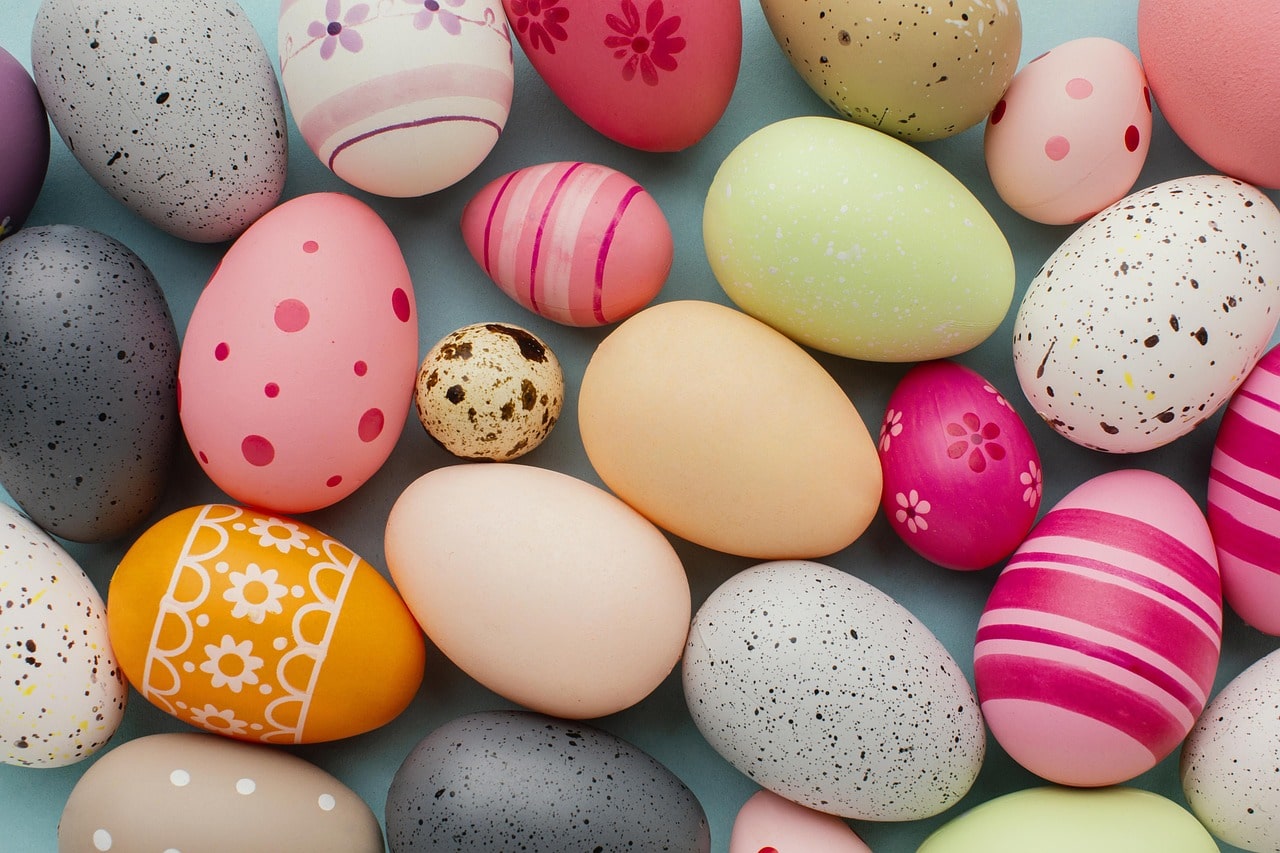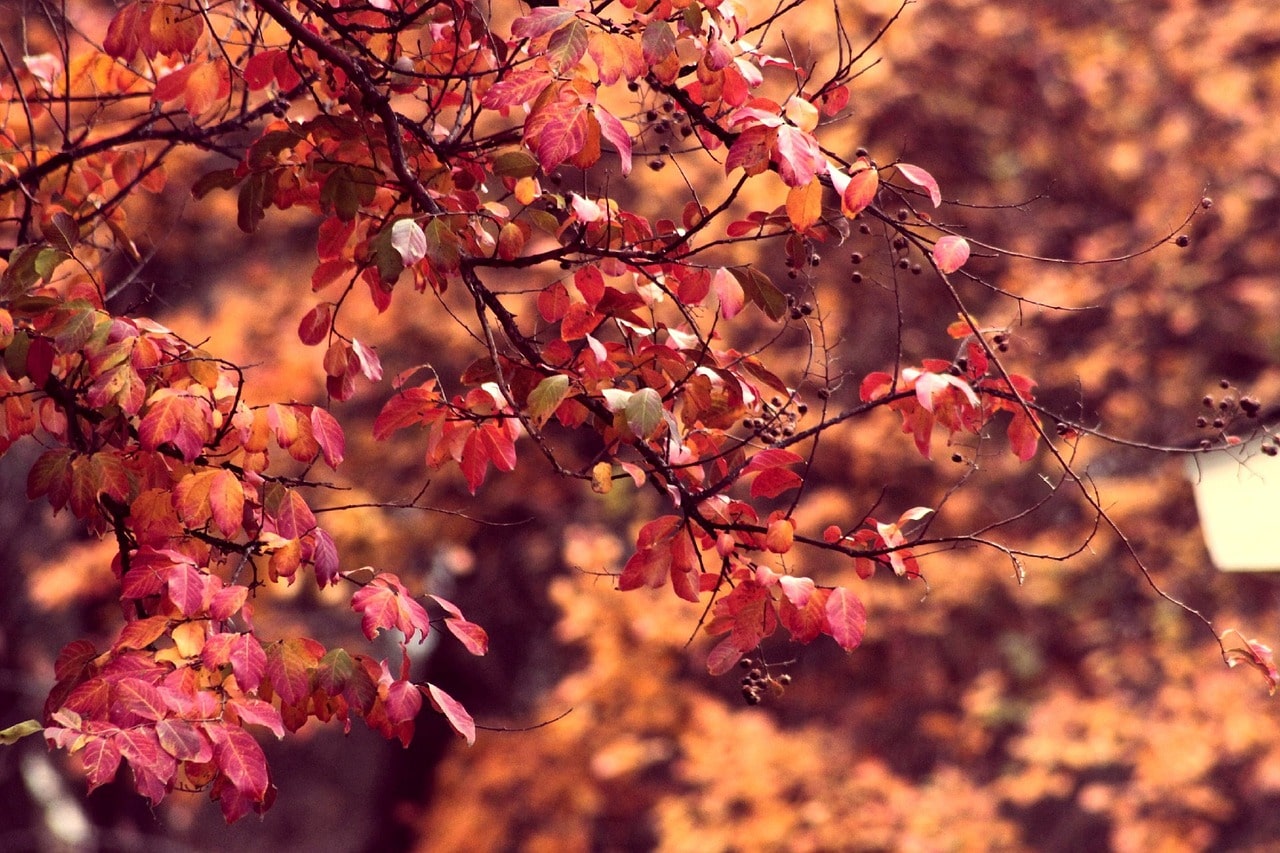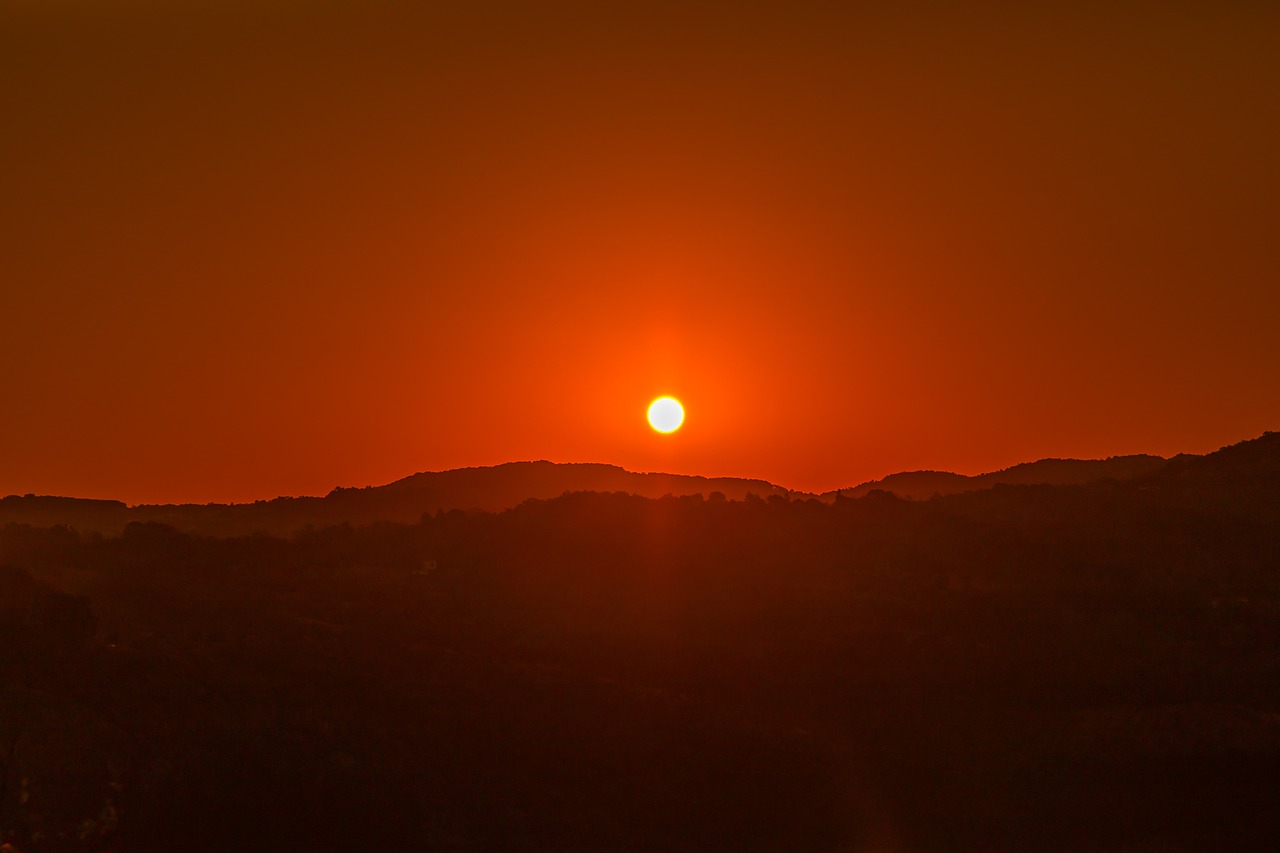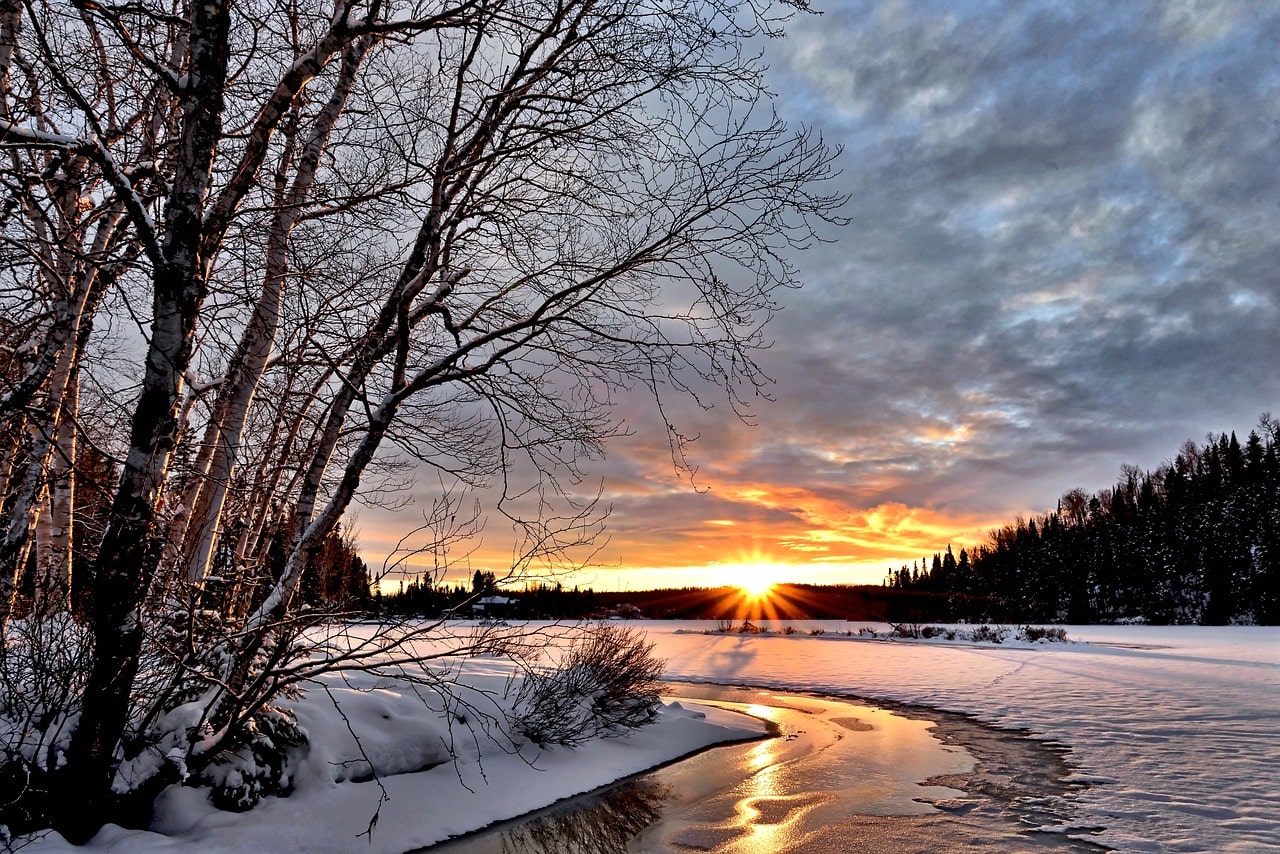Spring Equinox Traditions
The Spring Equinox is the time when day and night are nearly equal in length. This event, which happens around March 20 or 21, signals the beginning of spring in the Northern Hemisphere. It is celebrated in many cultures with unique traditions and rituals.

In ancient times, the Spring Equinox was a significant event. Many cultures held festivals to honor the changing seasons. For example, the Persians celebrated Nowruz, their New Year, which falls on the equinox. This festival included cleaning homes, visiting family, and enjoying festive meals. It was a time for renewal and new beginnings.
Easter Celebrations
Easter, a prominent Christian holiday, is linked to the Spring Equinox. Easter is determined by the first Sunday after the first full moon following the March equinox. Many Easter traditions, such as egg decorating and egg hunts, symbolize new life and rebirth. These customs have roots in ancient spring celebrations and emphasize themes of renewal and hope.
Japanese Cherry Blossom Festival
In Japan, the arrival of spring is celebrated with the Cherry Blossom Festival, known as Hanami. Although it doesn't align perfectly with the equinox, it celebrates the beauty of cherry blossoms that bloom around this time. Families and friends gather under the cherry trees to picnic and enjoy the fleeting beauty of the flowers. This tradition reflects the Japanese appreciation for nature's cycles and the transient beauty of life.
Persian Nowruz
Nowruz, the Persian New Year, is one of the oldest celebrations linked to the equinox. It marks the start of spring and is celebrated with various customs. People clean their homes, buy new clothes, and prepare unique dishes. A key feature of Nowruz is the Haft-Seen table, which includes seven symbolic items starting with the Persian letter 'S,' representing different aspects of life and nature.

Spring Festivals in Mexico
In Mexico, the Spring Equinox is celebrated at the ancient Mayan ruins of Chichen Itza. During this time, visitors gather to witness the play of light on the El Castillo pyramid. The sunlight creates the illusion of a serpent descending the pyramid's steps, symbolizing the return of the god Kukulcan. This event draws thousands annually and highlights the Mayan understanding of astronomy and their connection to the natural world.
Balinese Nyepi Day
In Bali, Indonesia, the Spring Equinox is not directly celebrated, but the island observes Nyepi Day, the Balinese New Year, around the same time. Nyepi is a day of silence, fasting, and meditation. The day before Nyepi, there are vibrant and colorful Ogoh-Ogoh parades featuring giant, demonic effigies. The purpose of Nyepi is to cleanse the island of negative energies and start the new year fresh.
Celtic Celebrations
The Celts, who lived in ancient Europe, celebrated the equinox as part of their seasonal festivals. They held a festival called Ostara, which honored the goddess of spring. Ostara symbolized fertility and new growth. Modern Pagans and Wiccans often celebrate this festival, known as the Spring Equinox or Eostre, with rituals that include planting seeds, feasting, and celebrating the balance of light and dark.
Many Celebrate the Earth Day
More recently, the Spring Equinox has been associated with Earth Day, which takes place around April 22. While not directly linked to the equinox, Earth Day embodies the spirit of renewal and environmental awareness. Many people use this time to plant trees, clean up local areas, and reflect on their impact on the planet. It's a way to celebrate the season's promise of new life and growth while caring for the environment.



